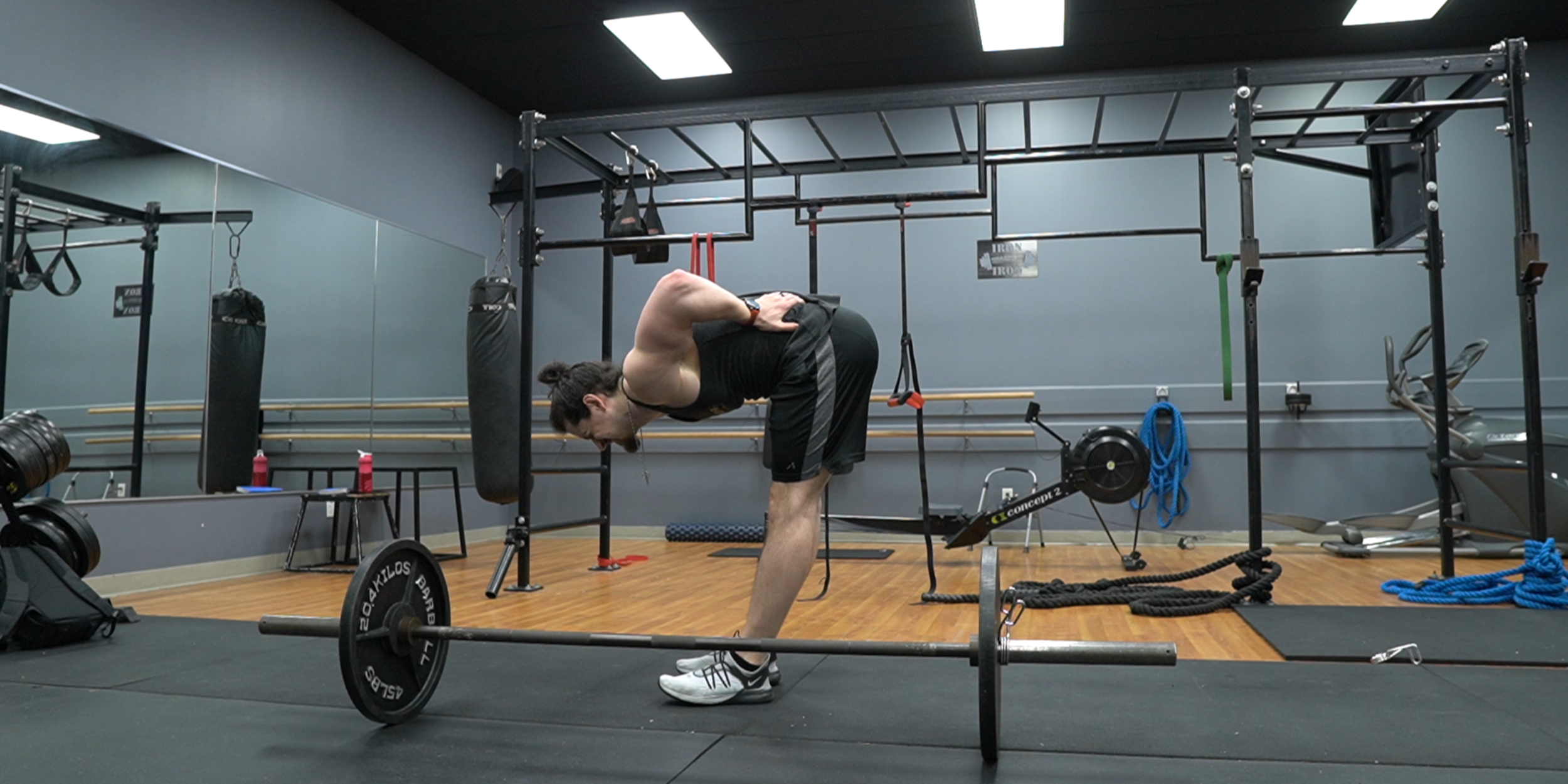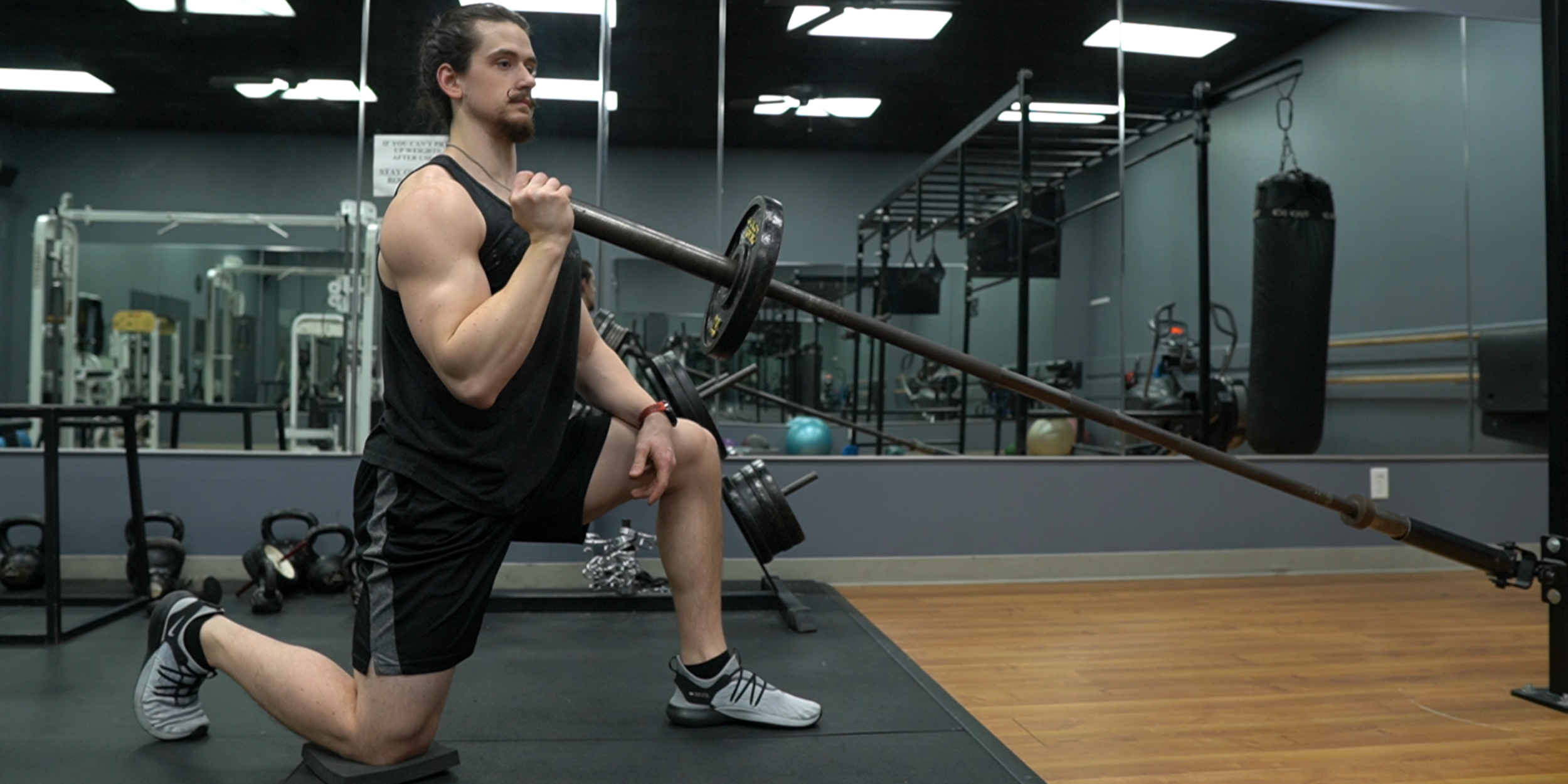Word Count: 1,104
Average Read Time: 4 minutes 1 second
Life constantly tries to knock us off our fitness game. It could be something as simple as just “being busy” or something as serious as a catastrophe that causes practically every gym in the entire world to be shut down.
It doesn’t matter what caused your layoff from the gym, what matters now is how to rebuild muscle and strength after a training break.
What is your plan for getting back into the gym?
If you’re like most people, you’ve likely thought of one of two things:
Go right back to what you were doing before.
Do more than what you were doing before to compensate for the time you were out of the gym.
Both of these plans are poor choices. The reason I wouldn’t recommend going straight into your previous program for most people is that your numbers will definitely be down from where they were before the layoff from the gym. Unless you are a very mature lifter, this can easily get in your head, discourage you, and make you hate your training.
In addition, you will no longer be accustomed to doing that much work in the gym. Jumping into the same volume of work straight away will cause extreme soreness. Anyone reading this knows soreness can last for several days.
We want to avoid getting too sore because that will decrease performance, which will increase the amount of time it takes to build your muscle and strength back up. Increasing the volume of your workouts will exacerbate this problem and could even lead to injury.
So what do I do then!?
Do you want to build muscle and shred fat?
Become an insider and learn my scientifically proven process for creating workout plans that will help you finally get the body you've always wanted
Option 1
The first approach would be to do a modified version of your existing program, which is what I’m doing with most of my clients. As I previously stated, you will have lost some strength in your lifts. The good news is, most of this loss will be due to not being used to the movement pattern of those lifts.
As you get reacquainted with the movement pattern, your nervous system gets used to firing that movement pattern again, and you get the coordination completely smoothed out, your numbers will go back up very quickly.
In addition, research has shown that you can regain lost muscle and strength in a much shorter time than it took to originally gain that muscle and strength. [1] Because of this, you can take your existing program and convert it to a single progression model.
In case you aren't familiar with what that means, single progression is simply a method of training progression that involves only manipulating one variable in your training. In this case, we would be manipulating the weight.
As an example, you could take the exercises from your previous program and do 3 sets of 5 with your primary exercises such as squat, bench, deadlift, overhead press, etc and 3 sets of 10 with your secondary exercises. Repeat the same set and rep targets each week until you can no longer go up in weight while maintaining those set and rep targets.
One thing to keep in mind is that this method will still require you to keep a level head and understand that your numbers will be down in the beginning. The reason I chose this method for most of my clients is that I can talk to them before they go back for the first time and walk them through what to expect and reassure them that their numbers will start to come back up relatively quickly.
Option 1B
One thing you can add on to this approach is to choose a rep target that you are unfamiliar with. If you’ve been lifting for a while, you most likely have a good idea of how much weight you could normally lift for sets of 3, 5, or 10. You’re probably not as familiar with how much weight you can lift for a set of 4, 7, 9, 11, or 13.
This removes the ability to compare what you’re lifting now to how much weight you could normally lift for these rep targets, so you can’t be as disappointed in the amount of weight you’re lifting.
Option 2
If you’re the type of person who gets hung up on previous bests, try to only incorporate exercises you’re unfamiliar with. If you select exercises that you don’t have historical numbers of how much weight you can lift, there’s no way for you to be disappointed at how much weight you’re lifting.
A few examples of exercises you could try are landmine squat, trap bar deadlift, deficit deadlift, close-grip bench, smith machine bench, or even something crazy like a half-kneeling single-arm jammer press.
If you choose exercises you’ve never done, the only way to go is up. Instead of looking at how much less weight you’re doing on your lifts and being bummed out, you’re setting PRs on a new lift each and every time you step foot in the gym.
This takes you from a place of being discouraged with your training to a place of excitement because who doesn’t love setting a PR, especially multiple PRs, in multiple lifts, every workout session.
Option 2B
Combine this with using rep ranges you’re not used to hitting, like we discussed before, and you’ll really have no way of being disappointed.
Tips to Avoid Soreness in the Gym
As I mentioned earlier, we want to avoid getting too sore because that will decrease performance in subsequent sessions, which will increase the amount of time it takes to gain your muscle and strength back.
Here are three simple tips to avoid soreness when starting back in the gym:
Simply knock one set off of each exercise during the first week back in the gym.
Avoid exercises that put you in a highly stretched position, such as lunges.
Slightly decrease the intensity during the first week, at least on your heavy compound movements. For example, if you typically go to an RPE of 7-9, which would be 1-3 reps from failure, drop your target down to an RPE of 5-7, which would be 3-5 reps from failure.
I also covered this in a recent video! You can check it out here:
Thank you so much for reading! If you found this information helpful and want to help the Treadaway Training blogcast grow, simply share this post with a friend. If you like what I have to say, sign up below to become a Treadaway Training Insider or check out my YouTube channel. I will be back here Saturday with another body transformation topic. As always, God bless you AND your family and I'll see you Saturday.











